Apollo soil analysis unveils key process behind Moon’s atmosphere.
NASA astronauts who explored the moon during the 1960s and 1970s found something surprising: the moon has a very thin atmosphere. New research based on soil samples from Apollo missions has revealed more about how this delicate lunar atmosphere is created.
The study, led by Nicole Nie from the Massachusetts Institute of Technology (MIT), focuses on soil samples from five different Apollo missions. The findings, published in Science Advances, suggest that meteorite impacts are the main reason the moon has an atmosphere.
When meteorites collide with the moon, they produce extremely high temperatures, ranging from 2,000 to 6,000 degrees Celsius. These intense temperatures melt and vaporize rocks on the moon’s surface, releasing atoms into the atmosphere.
The moon’s atmosphere is so thin that it is considered an exosphere. In an exosphere, the few atoms present do not collide with each other, unlike the dense atmosphere on Earth.
During the Apollo missions, astronauts used instruments to detect these atoms. More recently, in 2013, NASA’s Lunar Atmosphere and Dust Environment Explorer (LADEE) spacecraft studied the moon's atmosphere. LADEE identified two key processes contributing to the lunar atmosphere: meteorite impacts and solar wind sputtering. Solar wind sputtering occurs when charged particles from the sun hit the moon and cause surface atoms to be ejected.
However, LADEE did not quantify the impact of these processes. The new research shows that meteorite impacts are responsible for over 70% of the lunar atmosphere, while solar wind sputtering contributes less than 30%.
The moon has been hit by meteorites for billions of years, from large impacts in its early history to smaller micrometeorites today. Some atoms released by these impacts escape into space, but others stay in the moon's atmosphere, which is continuously replenished by new meteorite collisions.
The lunar atmosphere includes elements like argon, helium, neon, potassium, and rubidium. It extends from the moon’s surface to about 62 miles (100 kilometers) above it, whereas Earth's atmosphere extends to about 6,200 miles (10,000 kilometers).
To study the moon's atmosphere, researchers analyzed lunar soil using mass spectrometry to examine the isotopic ratios of potassium and rubidium. Isotopes are variations of the same element with different masses. The interaction between the lunar soil and the exosphere leaves unique imprints on these isotopic ratios.
Study co-author Timo Hopp from the Max Planck Institute for Solar System Research in Germany noted that advances in technology since the 1970s have allowed scientists to measure these isotopic differences with much greater precision.
This research highlights the progress made in understanding the moon's atmosphere. Despite decades of study, scientists are still uncovering new details about the moon’s atmospheric processes. “Many important questions about the lunar atmosphere remain unanswered, and technological advancements are helping us address some of these questions,” said Nicole Nie.
The DNA app is now available for download on the Google Play Store. Please download the app and share your feedback with us.
 Mohit Suri reveals Aditya Chopra's first reaction after watching Ahaan Panday, Aneet Padda-starrer Saiyaara: 'What happened to...' | Exclusive
Mohit Suri reveals Aditya Chopra's first reaction after watching Ahaan Panday, Aneet Padda-starrer Saiyaara: 'What happened to...' | Exclusive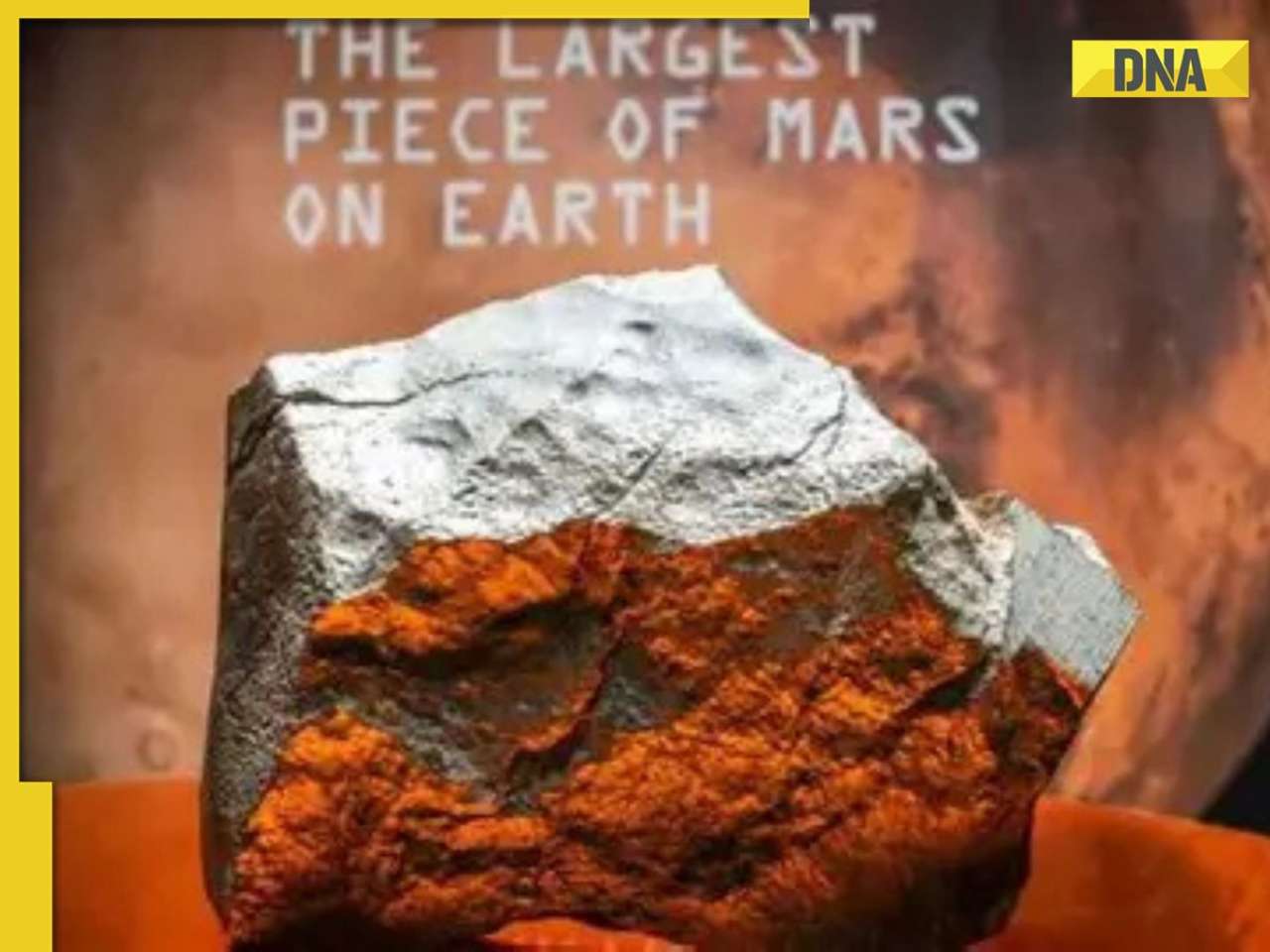 Largest piece of Mars found on earth sold for Rs..., discovered at Sahara Desert, it weighs..., know how it reached earth
Largest piece of Mars found on earth sold for Rs..., discovered at Sahara Desert, it weighs..., know how it reached earth UIDAI deactivates Aadhar of deceased persons, disables over 1 crore numbers, starts new service for...
UIDAI deactivates Aadhar of deceased persons, disables over 1 crore numbers, starts new service for... DNA TV Show: Digvijaya Singh's post on Kanwar Yatra stirs row
DNA TV Show: Digvijaya Singh's post on Kanwar Yatra stirs row Blood crisis solved! This country developed universal artificial blood, beneficial in surgeries, emergencies, it's colour is...
Blood crisis solved! This country developed universal artificial blood, beneficial in surgeries, emergencies, it's colour is...  7 mesmerising images of star formation captured by NASA
7 mesmerising images of star formation captured by NASA What is brain fog? 7 Ways to overcome it
What is brain fog? 7 Ways to overcome it Sawan 2025: Move beyond Tip Tip Barsa Paani, this rainy season groove on these sizzling songs
Sawan 2025: Move beyond Tip Tip Barsa Paani, this rainy season groove on these sizzling songs Kang Seo‑ha to Kim Sae‑ron: K‑drama, K-pop icons we lost recently
Kang Seo‑ha to Kim Sae‑ron: K‑drama, K-pop icons we lost recently Our Golden Days, My Lovely Journey, Beyond the Bar: 8 must-watch K-dramas in August 2025
Our Golden Days, My Lovely Journey, Beyond the Bar: 8 must-watch K-dramas in August 2025 Shubhanshu Shukla News: What Astronaut Shubhanshu Shukla's Wife Has Planned For His Homecoming
Shubhanshu Shukla News: What Astronaut Shubhanshu Shukla's Wife Has Planned For His Homecoming Israeli Man Seeks Custody Of Daughters Found In Karnataka Cave | Karnataka News
Israeli Man Seeks Custody Of Daughters Found In Karnataka Cave | Karnataka News Israel Attacks Syria: Trump Admin Voices Concern Over Syria Strikes | USA On Israel Syria
Israel Attacks Syria: Trump Admin Voices Concern Over Syria Strikes | USA On Israel Syria Delhi-Goa IndiGo Plane Makes Emergency Landing In Mumbai | Indigo News
Delhi-Goa IndiGo Plane Makes Emergency Landing In Mumbai | Indigo News Trump News: India-US Trade Deal In Works, Donald Trump Hints Progress | US News
Trump News: India-US Trade Deal In Works, Donald Trump Hints Progress | US News No OTP, no Tatkal ticket: Indian Railways makes Aadhaar OTP verification mandatory for online Tatkal booking; check details
No OTP, no Tatkal ticket: Indian Railways makes Aadhaar OTP verification mandatory for online Tatkal booking; check details Anil Ambani's Reliance Infra, RPower make BIG move to raise Rs 18000 crore through...
Anil Ambani's Reliance Infra, RPower make BIG move to raise Rs 18000 crore through... ITR Filing 2025: Don't panic if you receive Income Tax Department notice, take THESE steps...
ITR Filing 2025: Don't panic if you receive Income Tax Department notice, take THESE steps... Good news for TCS employees as Ratan Tata's firm announces 100 percent variable pay for THESE employees, check here
Good news for TCS employees as Ratan Tata's firm announces 100 percent variable pay for THESE employees, check here 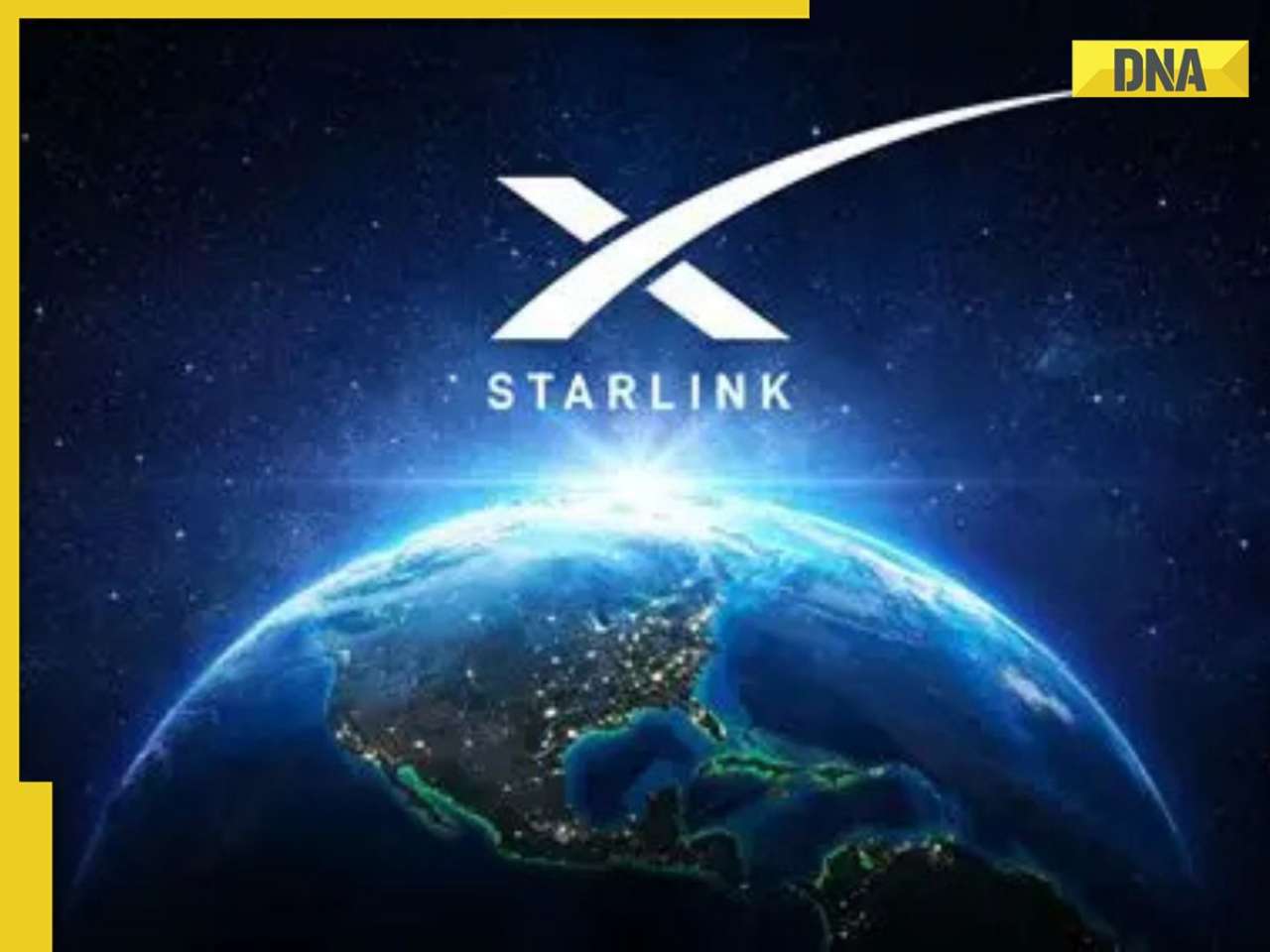 After approval, Starlink to offer fastest internet speed ranging from..., know what more it offers in India
After approval, Starlink to offer fastest internet speed ranging from..., know what more it offers in India  From Sheila Ki Jawani, Kala Chashma to Kamli: Katrina Kaif unforgettable dance numbers
From Sheila Ki Jawani, Kala Chashma to Kamli: Katrina Kaif unforgettable dance numbers  Is Katrina Kaif 'Runaway Bride' of Bollywood? 5 times actress has run away from weddings in films
Is Katrina Kaif 'Runaway Bride' of Bollywood? 5 times actress has run away from weddings in films World Snake Day 2025: Why are cobras the most dangerous snakes? List of world's 10 deadliest snakes
World Snake Day 2025: Why are cobras the most dangerous snakes? List of world's 10 deadliest snakes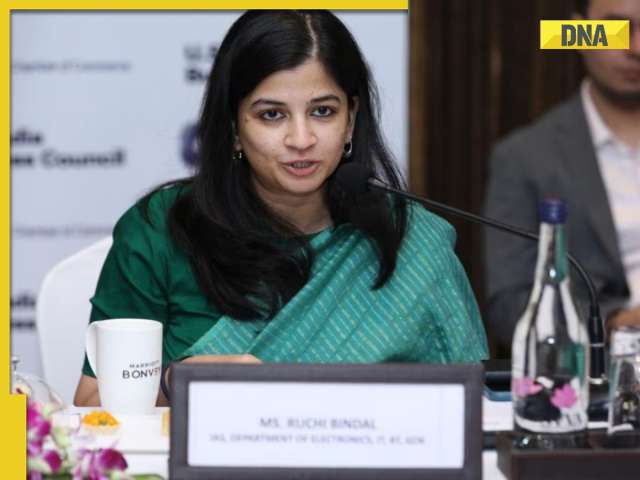 Meet woman who failed four times in UPSC exam and finally cracked it with AIR..., is now CEO of...
Meet woman who failed four times in UPSC exam and finally cracked it with AIR..., is now CEO of... 10 countries with most beautiful women in the world, Russia, USA, Greece, make it to the list, you won’t believe who’s number 1
10 countries with most beautiful women in the world, Russia, USA, Greece, make it to the list, you won’t believe who’s number 1 UIDAI deactivates Aadhar of deceased persons, disables over 1 crore numbers, starts new service for...
UIDAI deactivates Aadhar of deceased persons, disables over 1 crore numbers, starts new service for...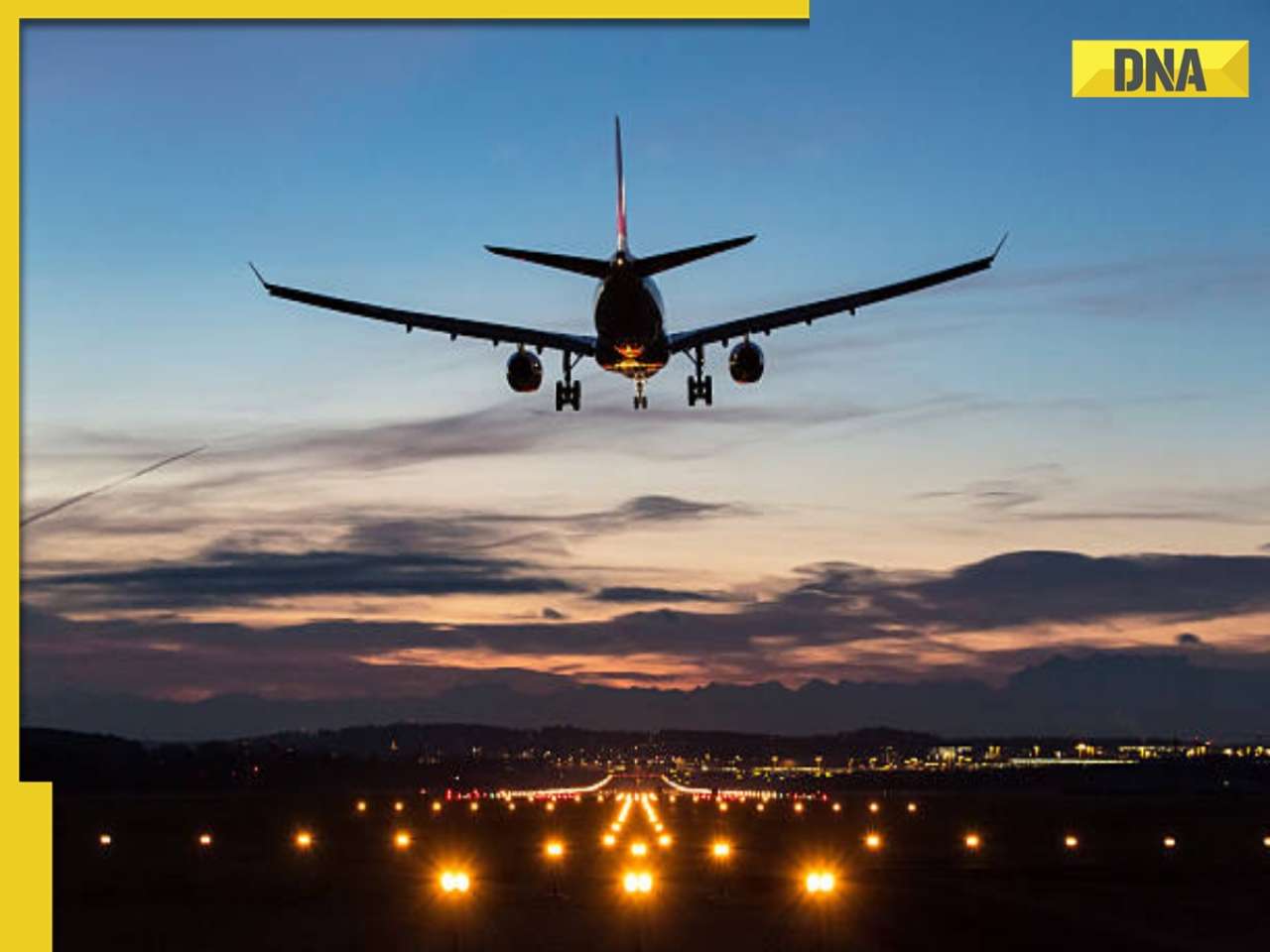 Delhi-Goa IndiGo flight makes emergency landing due to a mid-air engine failure
Delhi-Goa IndiGo flight makes emergency landing due to a mid-air engine failure Who is Aditya Saurabh? Cracked UPSC with impressive AIR, became IRS officer, now arrested for...
Who is Aditya Saurabh? Cracked UPSC with impressive AIR, became IRS officer, now arrested for... 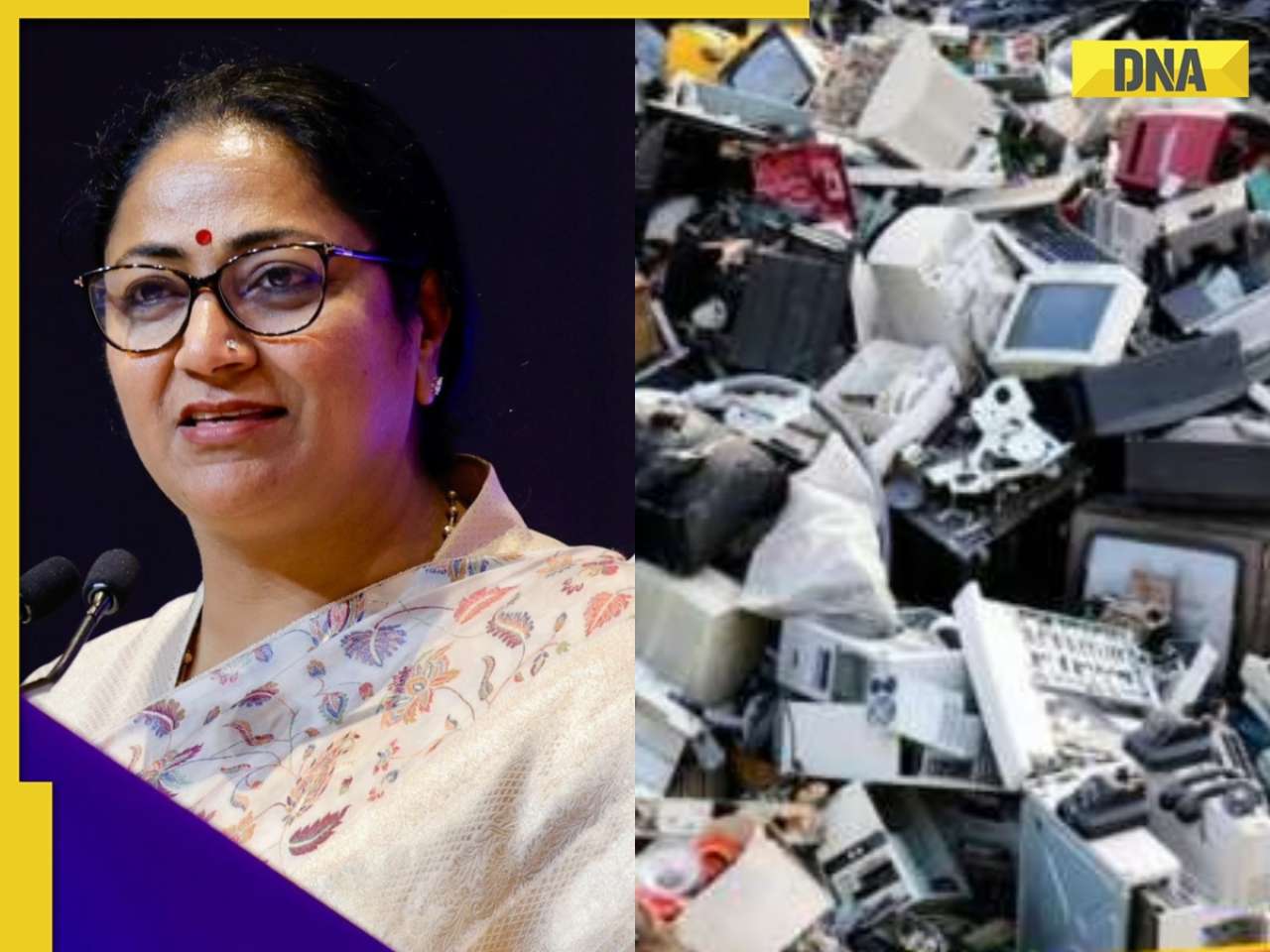 Delhi set to launch India's first net-zero e-waste park in...; its cost is Rs...
Delhi set to launch India's first net-zero e-waste park in...; its cost is Rs... Delhi Police makes SHOCKING statement, bomb threat emails sent to schools and colleges via..., makes difficult to probe due to...
Delhi Police makes SHOCKING statement, bomb threat emails sent to schools and colleges via..., makes difficult to probe due to...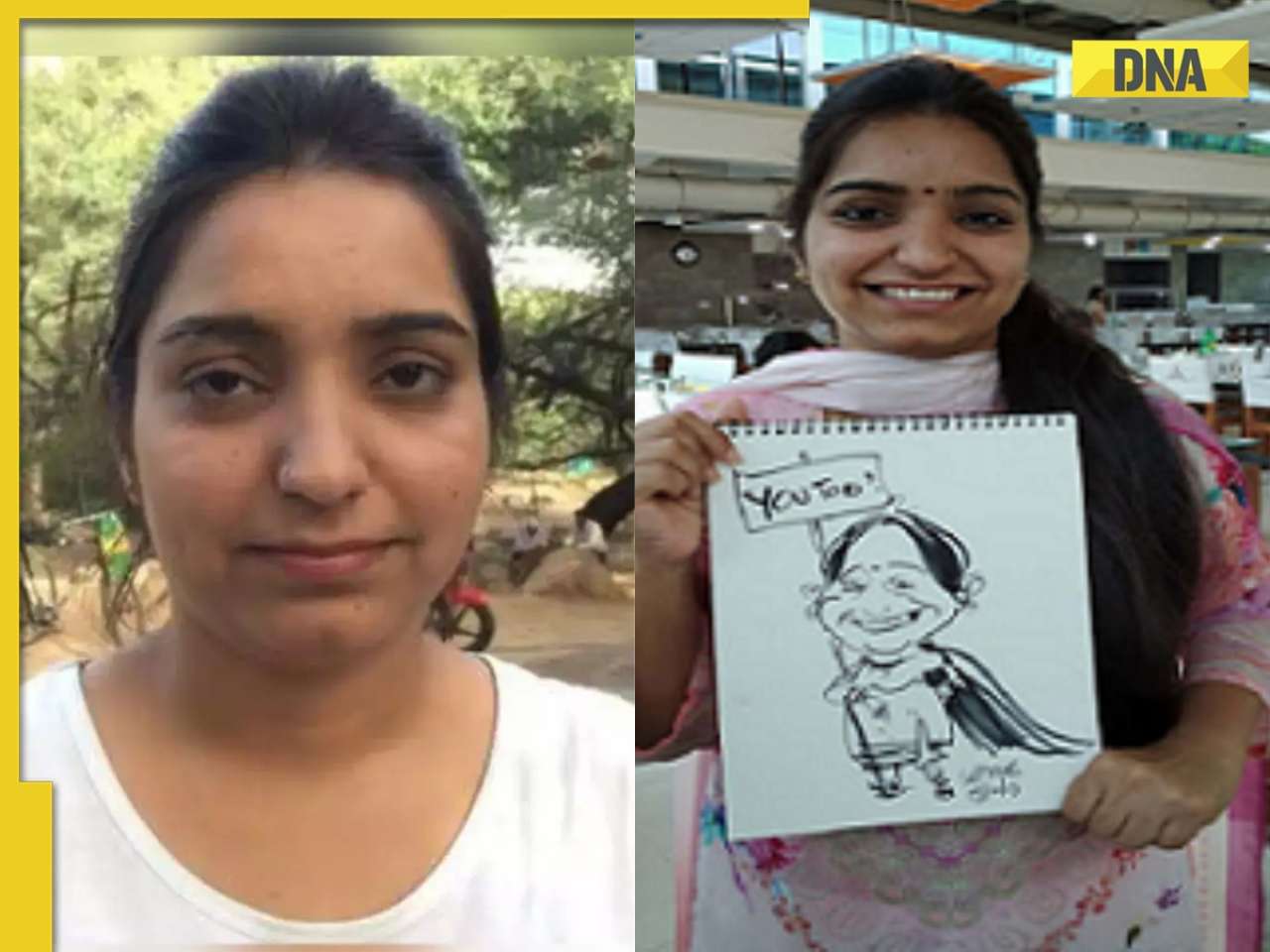 Meet woman, daughter of DTC bus driver, a JNU alumna who battled financial woes, later cracked UPSC with AIR..., she is...
Meet woman, daughter of DTC bus driver, a JNU alumna who battled financial woes, later cracked UPSC with AIR..., she is... Meet woman, DU grad, who cleared UPSC in her last attempt with AIR..., later became IAS officer, is 'perfect example of beauty with brain', she is...
Meet woman, DU grad, who cleared UPSC in her last attempt with AIR..., later became IAS officer, is 'perfect example of beauty with brain', she is...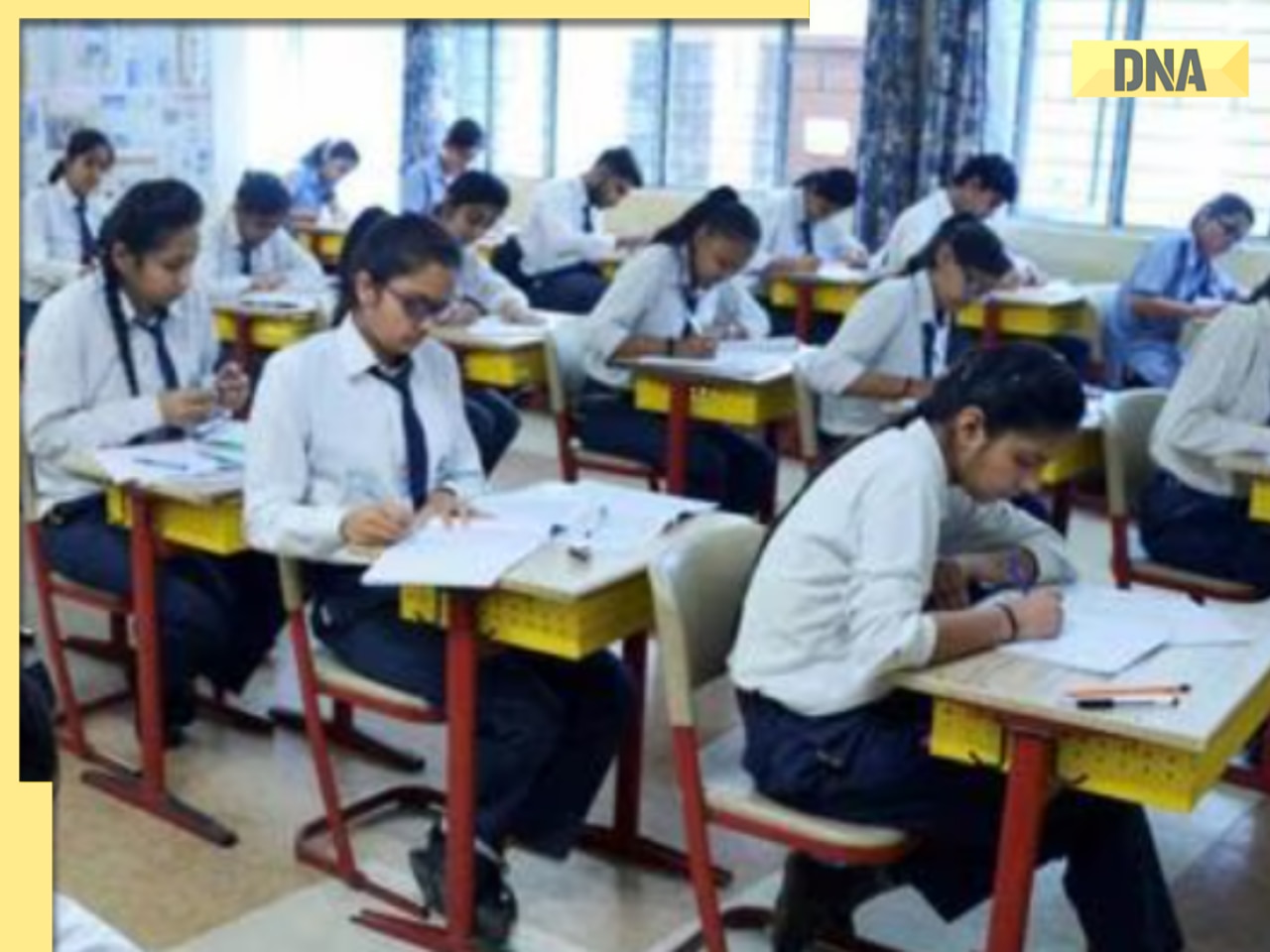 CBSE pushes for 'Oil Boards’, healthy meals in new circular to schools: Check details
CBSE pushes for 'Oil Boards’, healthy meals in new circular to schools: Check details This college records Rs 10000000 placement package for 2025 batch, not IIT Delhi, IIT Bombay, IIM Ahmedabad, it is...
This college records Rs 10000000 placement package for 2025 batch, not IIT Delhi, IIT Bombay, IIM Ahmedabad, it is... Meet man, who worked as waiter, later cracked UPSC exam in 7th attempt with AIR...
Meet man, who worked as waiter, later cracked UPSC exam in 7th attempt with AIR... This luxury car is first choice of Indians, even left BMW, Jaguar, Audi behind in sales, it is...
This luxury car is first choice of Indians, even left BMW, Jaguar, Audi behind in sales, it is... Kia India unveils Carens Clavis: Check features, design changes, price and more; bookings open on...
Kia India unveils Carens Clavis: Check features, design changes, price and more; bookings open on... Tesla CEO Elon Musk launches most affordable Cybertruck, but it costs Rs 830000 more than older version, it is worth Rs...
Tesla CEO Elon Musk launches most affordable Cybertruck, but it costs Rs 830000 more than older version, it is worth Rs... Planning to buy a Maruti Suzuki car? Prices set to rise by 4% from...
Planning to buy a Maruti Suzuki car? Prices set to rise by 4% from... Audi launches Audi RS Q8 2025 in India: Know price, specifications and unique features
Audi launches Audi RS Q8 2025 in India: Know price, specifications and unique features 






)
)
)
)
)
)
)
)
)
)
)
)
)
)
)
)










